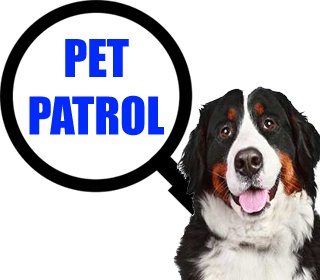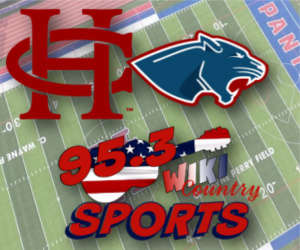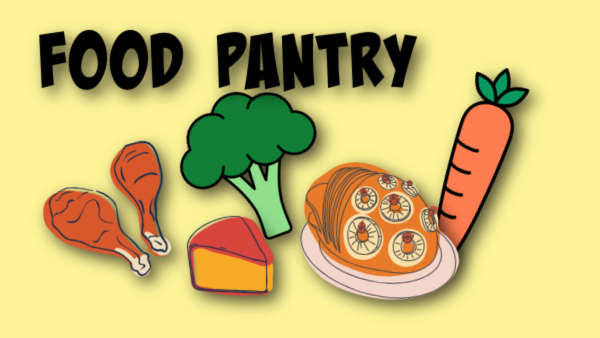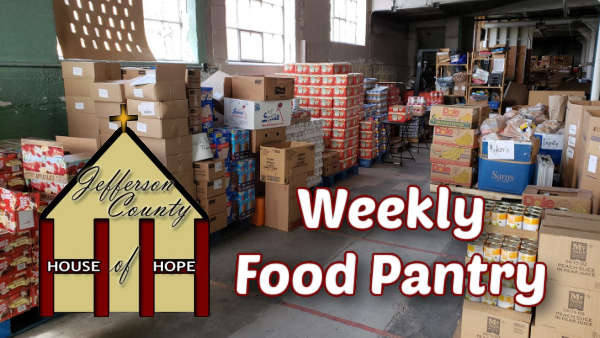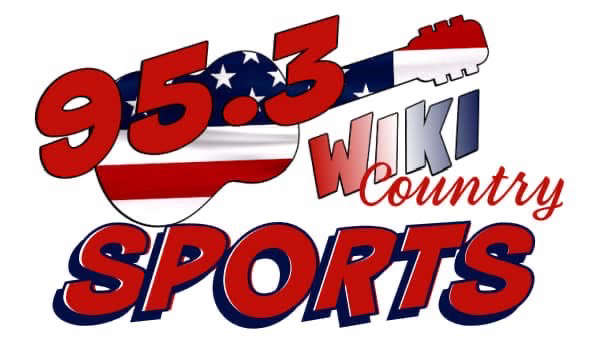Ability to offer clearer Watch/Warning/ Advisory maps
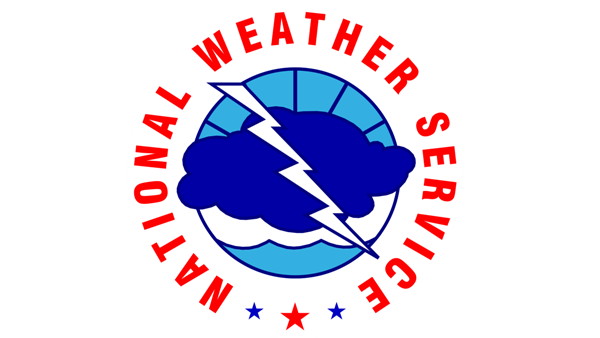
(Story Courtesy of Kentucky Today)
FRANKFORT, Ky. (KT) – The National Weather Service (NWS) has announced it is consolidating some of its cold weather watch, warning and advisory products for use during the upcoming winter months.
For decades, the NWS has used the Watch, Warning, and Advisory system to alert users of forecasted hazards. In many ways, the existing system has been highly effective in protecting life and property. With that said, they have learned that some users find the Watch, warning and Advisory terms confusing. Also, users are sometimes confused about how to interpret and distinguish among the large number of individual “products” that are in use.
Many people are not clear on the differences between Watches, Warnings and Advisories in general.
"Watch" means a life- and/or property-threatening event is possible - but not yet certain.
"Warning" means a life- and/or property-threatening event is happening or about to happen.
"Advisory" means an event less serious that a Warning is happening or about to happen.
The NWS says they are simplifying the suite of cold weather products to improve messaging of these hazards and provide better decision-making services.
This winter, the Wind Chill Watch/Warning/Advisory will be consolidated into the Extreme Cold Watch/Warning and Cold Weather Advisory. The Hard Freeze Watch and Warning will be consolidated into the Freeze Watch/Warning.
As part of their ongoing Hazard Simplification Project, the NWS is acting upon data collected during public and partner engagements, surveys, and social science research leading to consolidation of Wind Chill and Extreme Cold products and Freeze and Hard Freeze Products.
The new NWS Cold Product Suite will allow NWS to communicate that cold is dangerous with or without wind. Wind chill will not go away, although emphasis will be placed on “cold is cold” for public safety.
Consolidation of NWS Freeze and Hard Freeze products into one streamlined Freeze Watch/ Warning with enhanced language for hard freeze conditions as needed, will simplify and improve messaging and service delivery.
The scope of the NWS Frost/Freeze services focuses on vegetation and agriculture considering the growing season, impacts, and precautionary/preparedness actions.
According to the National Weather Service, this will also unify the terminology used across the United States, and will also give the, ability to offer clearer Watch/Warning/ Advisory maps.

 Indiana Governor and Indiana Attorney General Ask Federal Court to Lift 20-Year Ban on Historical Monument at Indiana Statehouse
Indiana Governor and Indiana Attorney General Ask Federal Court to Lift 20-Year Ban on Historical Monument at Indiana Statehouse

